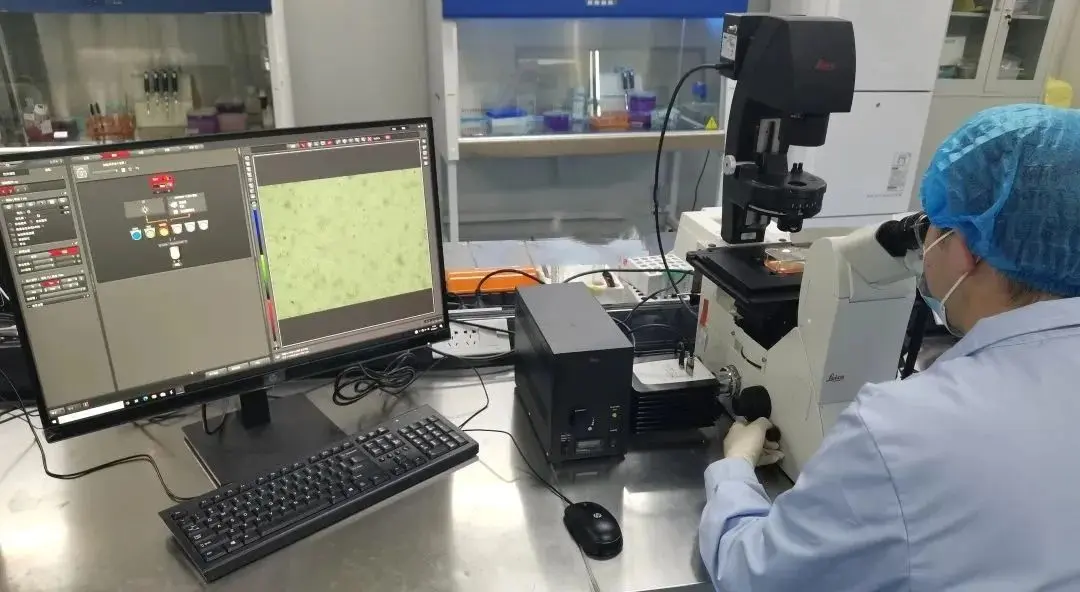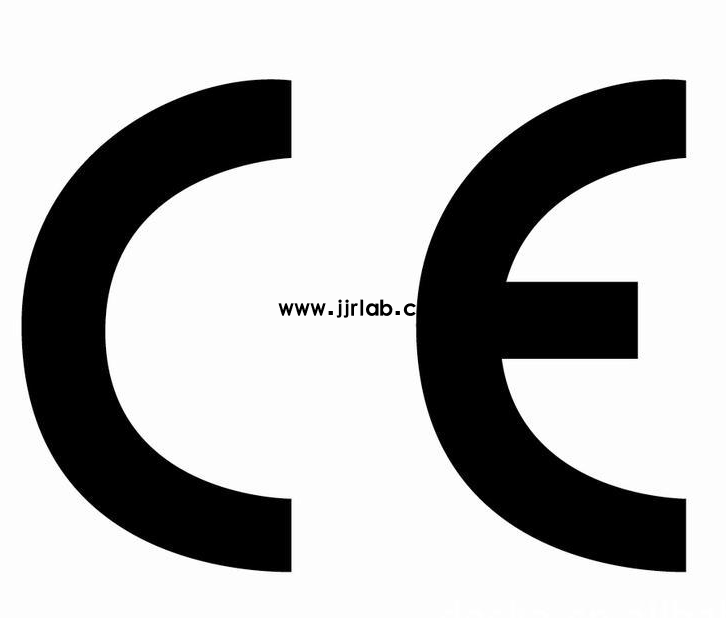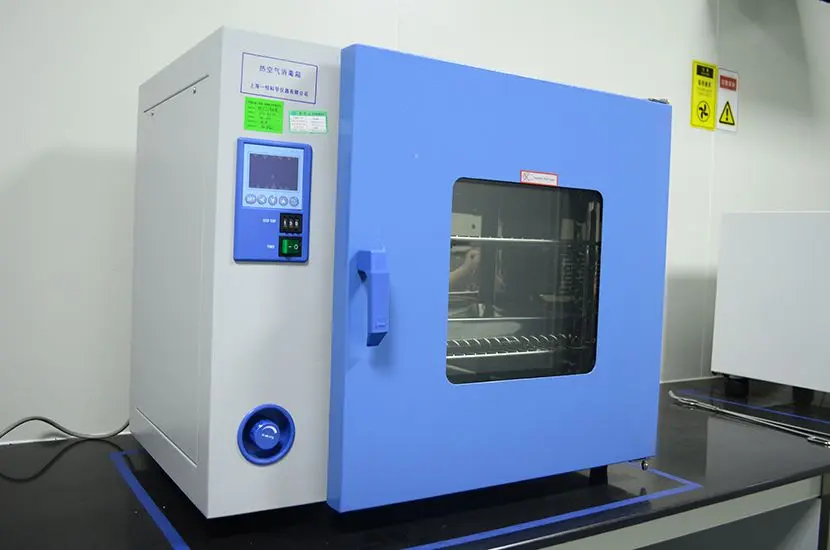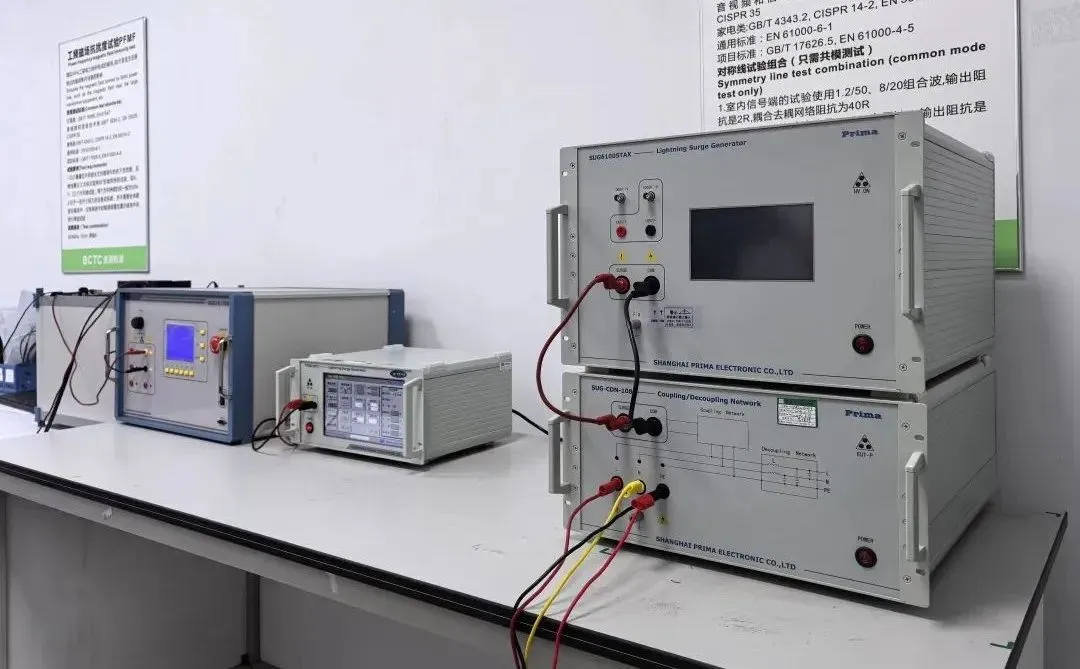
Skin Sensitization Test according to ISO 10993 Standard
The skin sensitization test assesses the sensitization potential of cheMICal substances, covering cosmetics, pharmaceuticals, chemicals, etc. High - precision instruments are used to ensure reliable resULts, providing a scientific basis for product safety evaluation.
For the safety assessment of medical devices, the animal skin sensitization test is one of the commonly used evaluation methods. This test aims to evaluate the potential of medical device materials to cause allergic reactions on animal skin, providing an important basis for ensuring the safety and tolerance of medical devices.

Skin Sensitization Test Standard ISO 10993
The ISO 10993 standard aims to evaluate biomedical materials and their implanted devices in the body, ensuring that their biocompatibility and quality meet safety requirements. Evaluation items include sensitization tests, skin irritation response tests, sub - acute toxicity tests, implantation tests, blood compatibility tests, chronic toxicity tests, carcinogenicity tests, reproductive and developmental toxicity tests, biodegradation tests, etc.
Purpose of ISO 10993 - 10 Experiment
The purpose of the ISO 10993 - 10 experiment is to use New Zealand rabbits to detect the possibility of skin irritation response of samples under specific conditions, so as to evaluate the safety of the samples.
ISO 10993 - 10 Experiment
Based on the biological evaluation standard of medical devices, the ISO 10993 - 10 experiment includes the confirmation of the New Zealand rabbit test system, the confirmation of control and sample, as well as animal welfare requirements. New Zealand rabbits, as a suitable animal model for evaluating primary skin irritation, should meet specific health and weight standards and be acclimatized to the experimental environment for 5 days.
The experimental design involves the route of administration, the preparation of test samples and control samples, and the extraction process. The skin on both sides of the spinal column on the back of New Zealand rabbits is used as the test area. Gauze patches are applied to this area, and the extraction solution of the test sample and the control sample are dropped respectively for a contact test, which lasts for 4 hours.
The results of the ISO 10993 - 10 experiment evaluate the reaction of the skin of New Zealand rabbits to the extraction solution of the test sample. The degree of skin irritation response is judged according to specific standards, so as to comprehensively evaluate the sample and ensure that the biocompatibility of medical devices meets safety standards.
Skin Sensitization Test Methods
At present, the test methods for skin sensitization include the Guinea Pig Maximization Test (GPMT), the Closed Patch Test (Buehler test), and the Local Lymph Node Assay (LLNA). Among them, the Guinea Pig Maximization Test (GPMT) and the Closed Patch Test (Buehler test) are the two most commonly used methods with the highest utilization rate in biological safety evaluation.
The Guinea Pig Maximization Test is the most sensitive method and is widely used in European countries. The Closed Patch Test is suitable for local products and is commonly used in the United States.
The Local Lymph Node Assay (LLNA) has been accepted by the Organization for Economic Co - operation and Development as the only alternative method to the current guinea pig test. This method has also improved in terms of animal protection and is recognized for detecting the sensitizing activity of chemicals.
Email:hello@jjrlab.com
Write your message here and send it to us
 European Authorized Representative for Medical Dev
European Authorized Representative for Medical Dev
 Low Voltage Testing Services
Low Voltage Testing Services
 Constructive Playthings Foam Block Toys Safety Sta
Constructive Playthings Foam Block Toys Safety Sta
 Prop 65 Textile Testing
Prop 65 Textile Testing
 Environmental Testing for Electronic Products
Environmental Testing for Electronic Products
 Food Packaging Testing Laboratories
Food Packaging Testing Laboratories
 What is CE Certification for Electrical Equipment?
What is CE Certification for Electrical Equipment?
 Requirements for EAC Declaration of Conformity (Do
Requirements for EAC Declaration of Conformity (Do
Leave us a message
24-hour online customer service at any time to respond, so that you worry!




